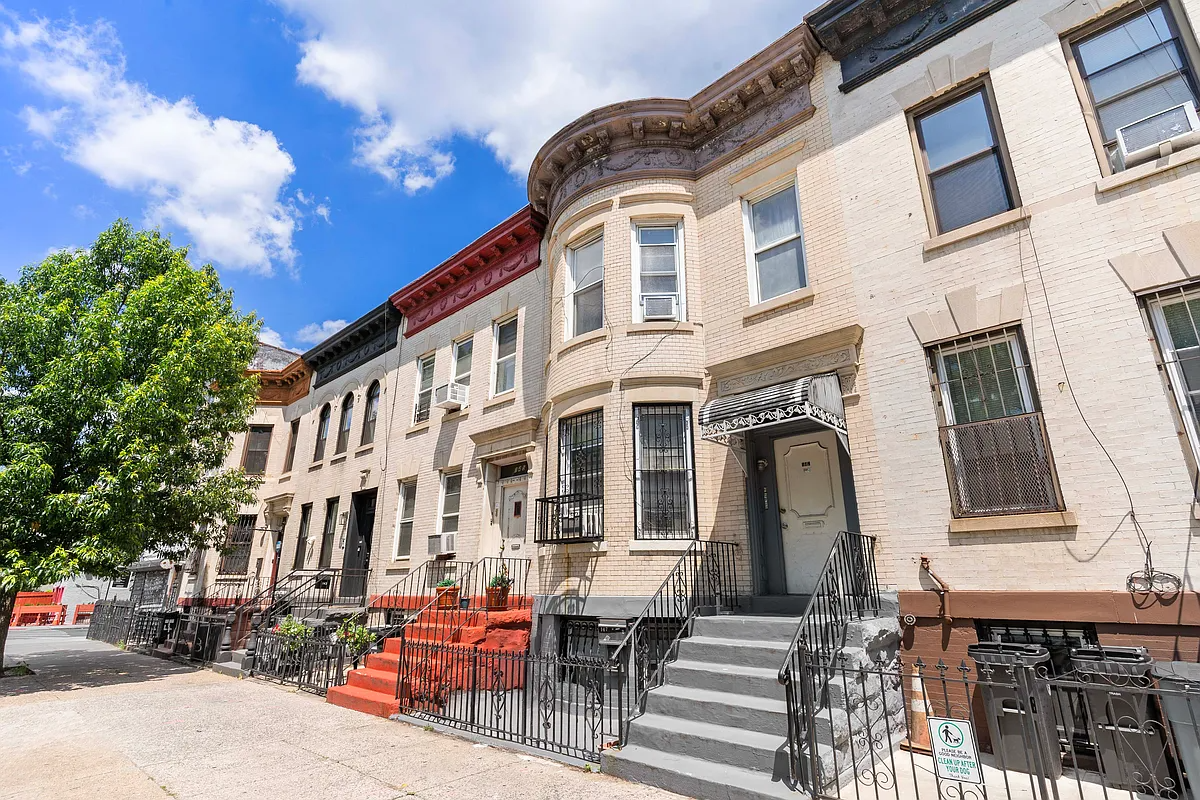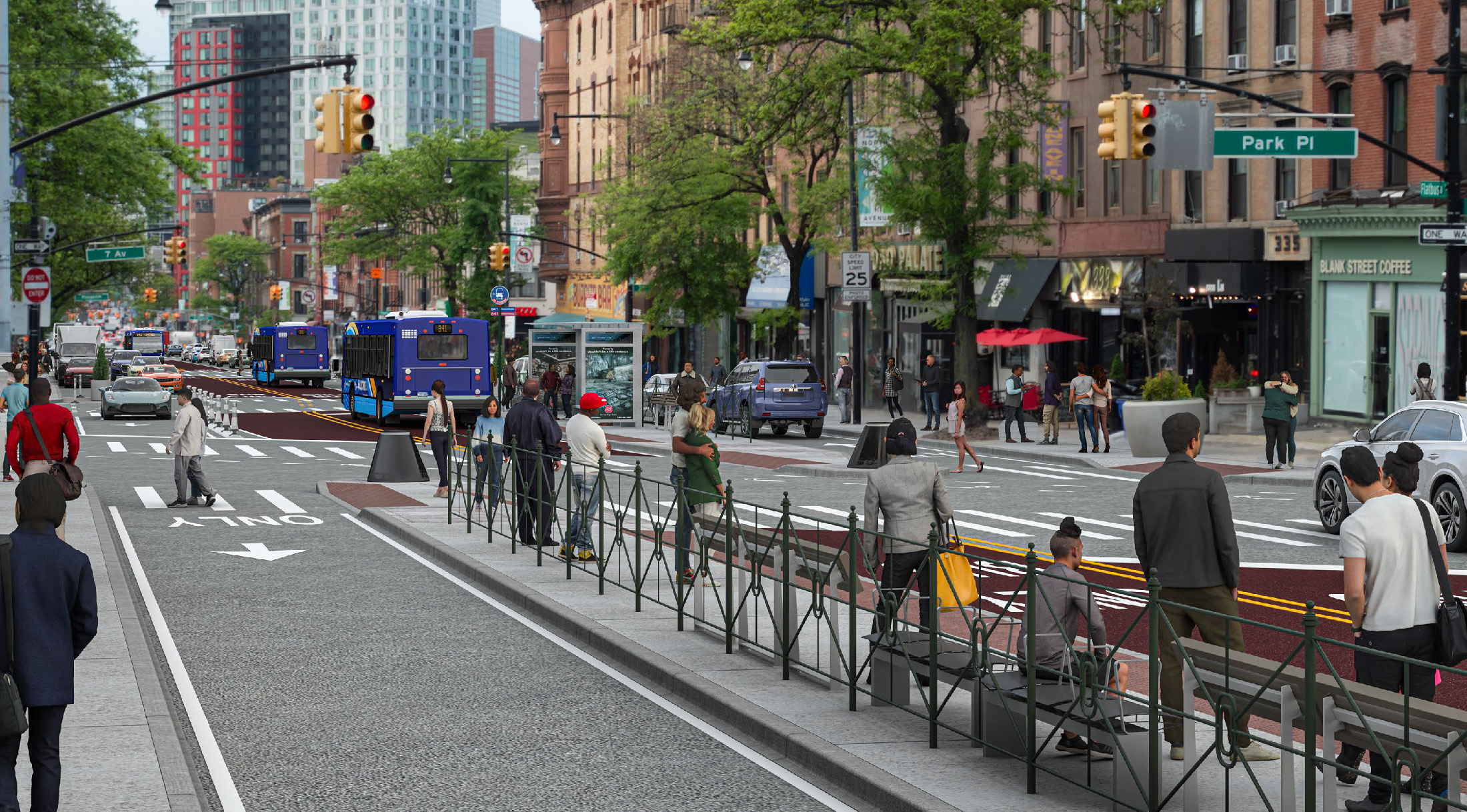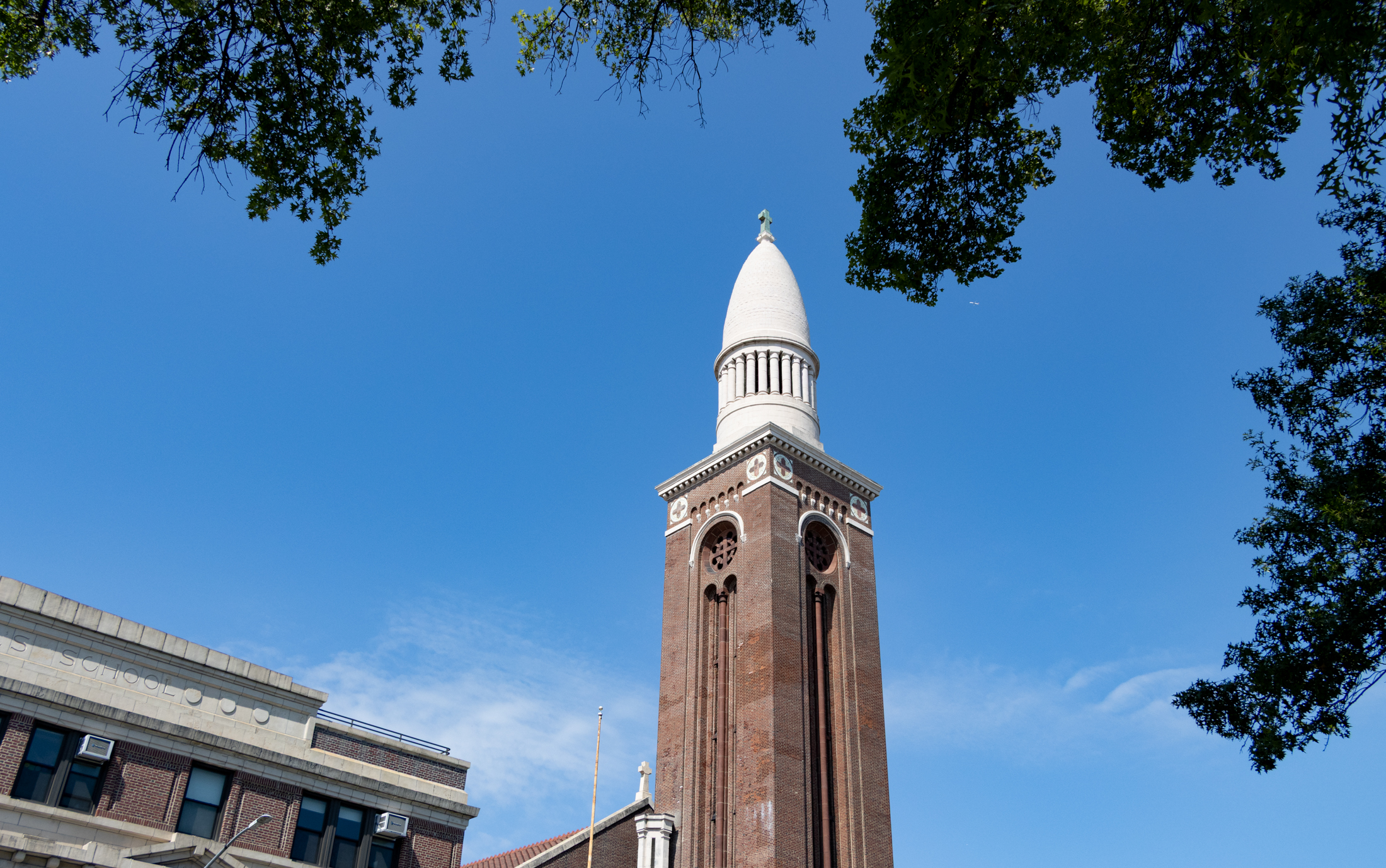Outlook 2007: Longs and Shorts
Note: We’re moving this post up from yesterday to encourage more input.Welcome to the third annual installment of our market prognostications. Last year, we picked Prospect Heights and Carroll Gardens to outperform and Williamsburg to slump, which in retrospect look like pretty good calls. As for next year, our eyes will be on the areas…

 Note: We’re moving this post up from yesterday to encourage more input.Welcome to the third annual installment of our market prognostications. Last year, we picked Prospect Heights and Carroll Gardens to outperform and Williamsburg to slump, which in retrospect look like pretty good calls. As for next year, our eyes will be on the areas bordering Prospect Park that have the location and housing stock on their sides but have yet to attract widespread interest from the gentrifying crowd. We’d also be front-running the newly Brooklyn-focused Landmarks Preservation Commission by looking in spots like the soon-to-be-designated Crown Heights North. On the downside, it’s hard to see how increasing supply of run-of-the-mill condos coming on line in Williamsburg won’t continue to put downward pressure on prices. We’re not as wary about the effect of Atlantic Yards on surrounding real estate as some and continue to think that Prospect Heights has a lot to offer. As has been mentioned before, quality brownstones should continue to find buyers while those in more marginal neighborhoods and lacking architectural detail will likely have a tough time. Looking back on last year’s post, we can be thankful that we got our wish of a gourmet market (sorta) in the form of Choice. Now if we could just get a friggin’ cheese shop we’d be really psyched.
Note: We’re moving this post up from yesterday to encourage more input.Welcome to the third annual installment of our market prognostications. Last year, we picked Prospect Heights and Carroll Gardens to outperform and Williamsburg to slump, which in retrospect look like pretty good calls. As for next year, our eyes will be on the areas bordering Prospect Park that have the location and housing stock on their sides but have yet to attract widespread interest from the gentrifying crowd. We’d also be front-running the newly Brooklyn-focused Landmarks Preservation Commission by looking in spots like the soon-to-be-designated Crown Heights North. On the downside, it’s hard to see how increasing supply of run-of-the-mill condos coming on line in Williamsburg won’t continue to put downward pressure on prices. We’re not as wary about the effect of Atlantic Yards on surrounding real estate as some and continue to think that Prospect Heights has a lot to offer. As has been mentioned before, quality brownstones should continue to find buyers while those in more marginal neighborhoods and lacking architectural detail will likely have a tough time. Looking back on last year’s post, we can be thankful that we got our wish of a gourmet market (sorta) in the form of Choice. Now if we could just get a friggin’ cheese shop we’d be really psyched.
Market Predictions for 2006 [Brownstoner]





I second Brownstoner’s prediction about neighborhoods around Prospect Park – Windsor Terrace, Lefferts Gardens, Prospect Park South, North Coney Island Ave (Kensington?). Good transport, good housing, great park.
11:59: Which housing projects. Yes, there are projects in crappy areas where prices are cheap. But there are also projects in areas where the surrounding areas are very pricy (Peter Cooper, UWS, Bleeker/Mercer, etc.). I have never heard of any examples where a project has been put up in a desirable neighborhood (e.g., PH, FG) that has resulted in the property values actually going down.
I just think people still need to think more about location and be more measured in their analysis of AY and its effects based on the location of any property they are interested in. I think the all up or all down arguments might be too simplistic when thinking about AY’s and its affect on property values in the future. It is difficult to be dispassionate and measured, though, since the development does strike an emotional chord in most who live in brownstone brooklyn.
I think we might as well all believe that Atlantic Yards will be a good thing becuase it’s going to be rammed down our throats regardless.
The battle to stop AY is lost. It’s now time to deceive ourselves about its consequences.
My point in my last post discussing 11.18’s comment is that if AY’s housing “sucks”, I do not think that it will mean no one will want to live near it. People currently want to live near the hole in the ground that is the rail yards and pay a pretty penny to do so.
If the residential units are nice, then you live in a 19th century brownstone nabe near nice modern residential towers (the towers might not be your cup of tea, but I don’t think it will detract from you prop value necessarily – location specific circumstances will dictate that ultimately).
As Park Slope and Carroll Gardens continue to spread into the Gowanus, and are almost now touching, I think we will find a lot of development in Gowanus. The AY decision wil probably accelerate this. Now its a vialble investment to spend the money to clean up those brownfield sites, Whole Foods is a great examlpe. I guess it will mostly be renovating the exisiting warehouses into condo’s, and a lotof new construction a la Willamsburg condo style. Suddenly the West 9th Street stop never seemed so hip.
11:40: That’s easy…housing projects. Projects are notorious for driving down property values.
When thinking about long-term growth, and the Fedders & AY factors, it might be good to think about which neighborhoods will attract more and more of those developments. Like pertaining to that, look at South Slope. In 2007 and beyond, I think South Slope prices will continue going up because amentities are creeping further south down 5th avenue all the time. BUT South Slope houses are teeny and many of them completely lacking in detail. (Though they can be cute with extensive renos) Even Sunset Park offers houses that are bigger and better. The South Slope houses take a lot of money to be renovated, having served as low income apartments for many many years. Unlike other neighborhoods where a greater number of houses remained one-family homes (BS, Bay Ridge, PLG, CH).
Yet despite this, in South Slope there aren’t any houses to be had for under a million. Even if you buy one for that, it’s going to be so rundown you put $200-400K into it. But it can seem to some these houses should still be under-a-million including the cost of renos, because the blocks are spotted with hideous buildings and blight in between the updated houses. It doesn’t “feel” much improved there. And yet the proximity to Park Slope is a huge plus and 5th Ave amenities are getting better all the time. Anyway after all my babbling here’s my long long range prediction: sadly, I keep thinking South Slope blocks will be comprised of nearly all new condo buildings 10 years from now. Like whatever doesn’t sell to someone wealthy enough to improve the house greatly, will get sold to developers. And it would stink to be a cute little South Slope house (or row of houses) sandwiched between big condo buildings.
I disagree with 11.18am. While there may be some overlap in the pool of potential buyers of brownstones and highrise luxury condos, for the most part they are different markets of people looking for different types of accomodation. Even if the AY development is not all it is cracked up to be (a real possibility), lackluster residential units there is not going to be any worse than the desolate, pretty much deserted stretch of railyards it is now.
I’m not a big fan of the AY development, though I do not agree that it will inevitably depress brownstone brooklyn property values. In fact, I think it will ultimately do the opposite and will accelerate gentrification (and resulting displacement of lower income folks in the surrounding brownstone neighborhoods), which is ironic and sad considering ACORN’s position that it will be a win for lower income residents.
I don’t want to get this thread off topic and make it all about AY (hard not to mention, I know, since it is something that will have an impact on the long/short discussion).
I doubt that many who read and post here are in any RE investment for the short term (read: flipper), so I think a previous poster’s comment re where you would invest for long term growth is probably the most relevant question now.